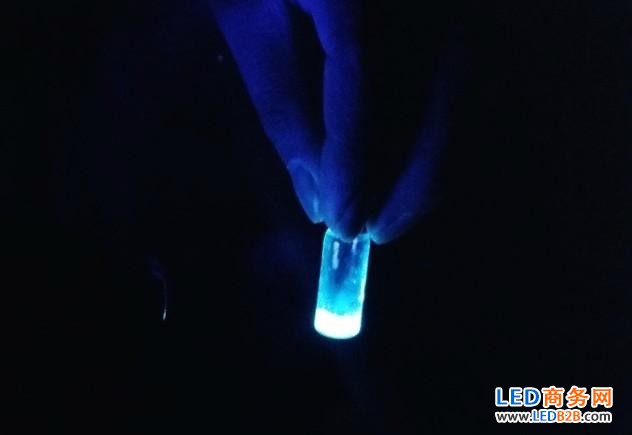If you say that the leftover sandwich and soda are made into LED bulbs, do you believe it? Recently, researchers at the University of Utah in the United States gave a positive answer.
Is there anything that LEDs don't like? This extremely efficient and extremely long-lasting light source is steadily eroding the lighting market, making inefficient, high-temperature incandescent bulbs a thing of the past. There are only two really unsatisfactory things about LEDs: they are too expensive and often made of toxic substances. But now, advances in technology seem to solve these two problems.
Professor Prasant Sarswat, professor of metallurgical engineering at the University of Utah, and Professor Michael Free, discovered a way to produce luminescent materials using food residues, meaning future LED light sources. The price drop is greatly reduced and the toxicity will be much lower than the current product. Can you really make the leftover sandwich and soda into a light bulb? They gave a positive answer.

Today's LEDs contain quantum dots, a miniature luminescent crystal, usually made of cadmium selenide, a compound that contains two toxic substances. Not only that, the price of cadmium selenide is also very expensive, the price of 25 ml is more than 500 US dollars. Because of this, researchers began to look for alternative substances. After some research, they thought of a good and old material: carbon.
To develop "carbon quantum dots" rather than "quantum dots," the University of Utah team used solvothermal synthesis to pour food residues into a solvent and continue in a high temperature and high pressure environment for 90 minutes until carbon quantum dots are formed. The researchers explained in a press release from the University of Utah that they used soft drinks and a few slices of bread and tortillas in this experiment. The results showed that in the process of producing carbon quantum dots, both sucrose and fructose dissolved in soft drinks were found. It is a very good source. Once the carbon quantum dots are formed, they can be placed in a clear resin to create a luminescent object with a number of different optical properties.
“Synthesizing and shaping carbon quantum dots from food waste is a challenging task. Fundamentally, we need to determine the size of the carbon quantum dots, which are only 20 nanometers or smaller in diameter, so we have to pass multiple times. Testing to ensure that carbon quantum dots can be presented and determine the optical properties they have."
“The ultimate goal is to achieve mass production and use these LEDs in everyday equipment. Successful use of existing waste is our ultimate goal,†says Saswater.
LED Business Network led to focus on e-commerce platform to promote led enterprises + Internet, the official website URL: http://Outdoor Solar Security Lights ,Solar Flood Lights Lowes ,Solar Led Flood Lights,Best Solar Flood Lights
jiangmen jieken lighting appliance co.,ltd , https://www.jekenlighting.com